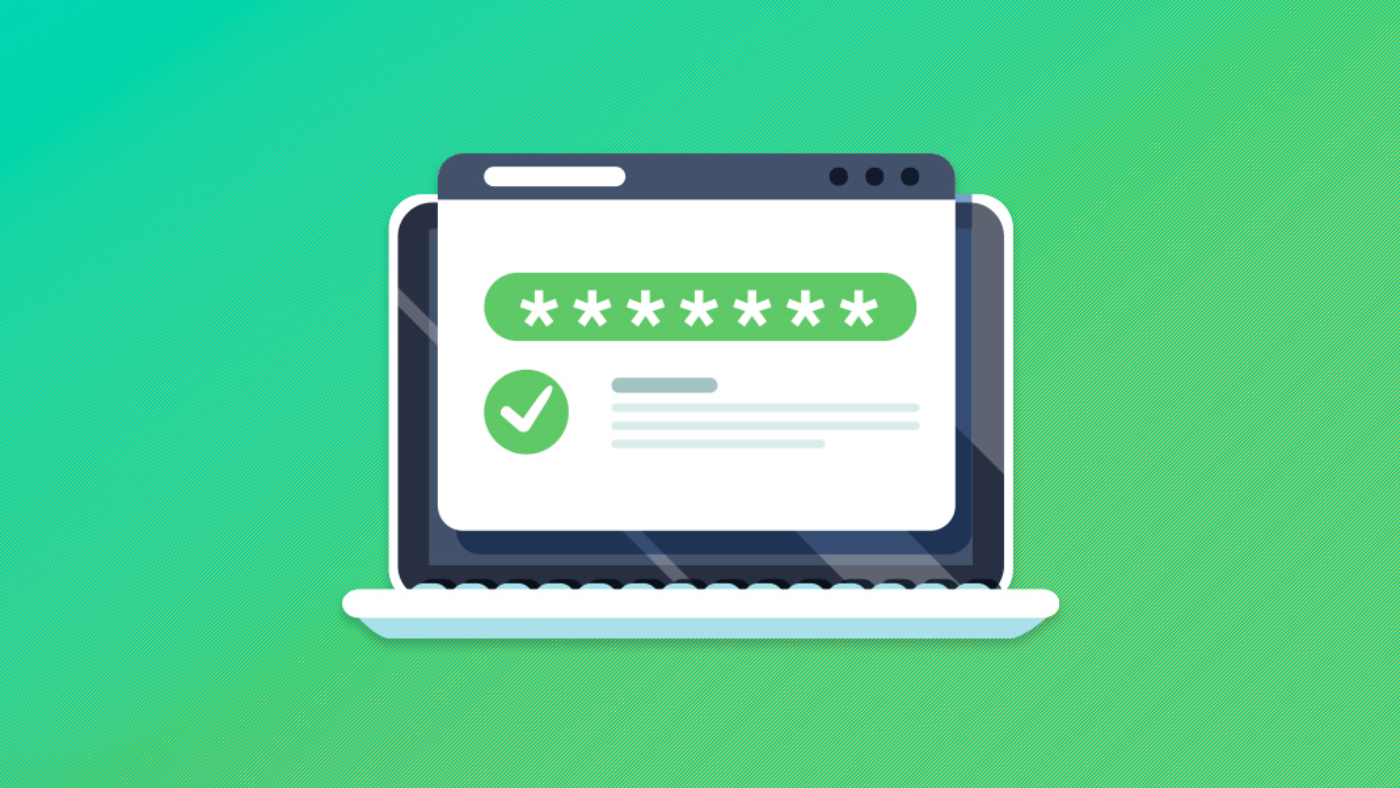Over 40 years ago, Congress passed the Americans with Disabilities Act (ADA), which mandated that public places be accessible to everyone. The law resulted in innovations like wheelchair ramps and curb cuts, aspects of our environment that have become so commonplace that they are often taken for granted.
Just as the 1980s ushered in more access to our physical world, we are seeing a similar change occur in the technological space with increased calls for expanded web accessibility. As the web has grown in complexity over the past decade, users with disabilities got left behind, stuck in a frustrating infrastructure not set up for their unique needs. But savvy businesses have realized that they lose out when they ignore the needs of such a large group.
According to the World Health Organization (WHO), 15% of the world’s population lives with some form of temporary or chronic disability, from blindness to arthritis to color deficiency. With a demographic this large, it makes no business sense to neglect their needs. As the authors of a Searchmetrics accessibility study noted, “If you don’t make your site easily accessible to those with disabilities…you cut yourself off from a large group of visitors.” Despite its importance, many small businesses fail to accommodate the needs of those with disabilities to the detriment of both sides.
What is Accessibility?
In general terms, website accessibility simply means providing access to the most users possible. Typically the term refers to using design or functionality to enable those with disabilities to access your site.
Accessibility involves multiple sensory channels, such as sight and sound, in addition to physical impairments.Web-specific accessibility standards are set by the Web Content Accessibility Guidelines (WCAG 2.1), published by the World Wide Web Consortium (W3C), the primary organization for setting internet-based standards.
Why is Accessibility Important?
As mentioned above, accessible websites widen your user base by allowing anyone to access your site. But site accessibility extends beyond just those with disabilities. While accessibility standards were initially intended to help the disabled, increased accessibility has proven to be popular with the wider public. Users regularly watch videos with subtitles for various reasons, especially on social media, where the practice has become standard. Tabbing between info boxes are another example of accessibility standards adopted by the public at large, just like those curb cuts and ramps did 40 years ago.
Meeting accessibility standards also helps protect you from any legal issues stemming from ADA guidelines. In 2010, the Department of Justice released the ADA Standards for Accessible Design, which can result in lawsuits for website owners who refuse to comply. By implementing some simple design fixes, you can ensure that your website stays in compliance and provides the best user experience possible.
Accessibility Best Practices
W3C’s website provides an in-depth explanation of the various elements of accessibility and steps for making your site more accessible. Here are some of the most common best practices you can implement immediately to get your site accessible.
- Screen Reader Support – Screen readers are helpful tools that convert digital text, including code, into speech for users with vision impairments. Because screen readers read code, you’ll need to be vivid and succinct with your page headings, link text, and image alt-text. To more fully understand the screen reader experience, become familiar with two most popular screen reading programs, JAWS for Windows and VoiceOver for Mac. Here are some additional resources for page reader optimization from Stanford.
- Keyboard Access – Keyboard access allows access to those unable to use a mouse. Test your website thoroughly without using a mouse to see how your keyboard functions work and test the navigation experience. Ensure that interactive elements such as forms, buttons, and links are accessible using the keyboard, typically the tab key.
- Titles – All web pages and documents should have titles that clearly describe their function and purpose. Use frequent headers and subheadings to keep your site’s information organized.
- Alt-Text – Alt-text is used to describe images on your site and is typically used by screen readers or users with slow internet service. Be as succinct and specific as possible when using alt-tags and consider the context of your site. Here’s more on alt-tags from Web AIM, a site specializing in web accessibility.
- Video/Audio – Provide transcripts or closed captioning for all audio and video content. For videos housed on Youtube, you can upload a .txt file of the transcript or use Youtube’s automated captioning option, although the captions are usually far from perfect. Here’s a helpful guide for creating captions and transcripts from the University of Minnesota.
- Accessible Rich Internet Applications (ARIA) – ARIA contain special HTML attributes that can be added to your site to make it more accessible for those with disabilities. These include the role attribute, JavaScript widgets, error messages, live content updates, and more. You can view the complete W3C guidelines or use this tutorial from Mozilla to learn more about ARIA.
- Text Color & Contrast – To account for visual impairments, including color deficiencies, make sure text is large enough and that it contains enough contrast with the background. Here is a tool from WebAIM to test your website for color and contrast.
- Forms – Due to their outsize importance, any forms on your website require special attention. Users should be able to tab through sections so they can complete the form without a mouse, while all sections should be clearly labeled, along with input fields. Also consider accessibility on a mobile phone and make sure the user can view the form without having to zoom in.
- JavaScript – For all its usefulness, using too much JavaScript can prevent your site from being accessed by some users. Unobtrusive JavaScript is used only to enhance your functions rather than serving as the foundation of your site. This ensures that basic functions work even without JavaScript. Here is a helpful guide from Mozilla on the accessible use of JavaScript and CSS.
To test accessibility, there many tools available online including:
Regardless of which tool you decide to use, you’ll still want to invest time personally testing the site repeatedly in order to find any quirks with your user experience.
Access to Success
As accessibility increasingly becomes part of the typical digital experience, you can’t afford to not heed the call. Making your site more accessible widens the net of potential users while creating a better user experience for everyone. In fact, many elements of accessibility overlap with other, more general best practices, including usability, mobile web design, and search engine optimization (SEO).
Perhaps most importantly, accessible sites attract added trust among your users. Going the extra mile to ensure maximum access shows that you thought carefully about the user experience and that you genuinely care about your user’s needs. For that reason alone, accessibility should always be a top priority for any website owner hoping to establish trust with their users.
Also See:
- Moving In The Right Direction: 6 Common Sitemap Mistakes and How to Fix Them
- Every Second Counts: 10 Ways To Improve Your Website Speed and Gain Visitor Trust
- Don’t Fall Off the Map: How to Create a Sitemap To Boost Your SEO and Build Trust
- Creating a Policy of Trust: Why Your Website Needs Policy Pages
- The Need For Speed: Why Website Speed Matters For





